I am creating a radiator controller by pilot wire (in France) for domestic and personal use.
The general idea is that using the 230V AC (standard) and modifying it with full, half or no wave you set the radiator in different modes. Then control it with the GSM to change modes or get the temperature (no PID of temperature just informative data).
As I don't know how to rectify AC to DC I bought an AC to DC 5V converter Then I have inspired myself with similar circuits online and came up with this one:
I have a GSM module, a thermometer, an Arduino Nano and 2 optocouplers. Should I change the type of optocoupler for a "switch at zero cross" one instead of an "instant switch" one?
To point to the potential "error" it's on the SIM800L side, are the DTR resistor to ground and the RST resistor to ~+4.4V are useful or should I delete them and go direct wiring?
I'm more afraid of the PCB which you find below:
It's a 2 layer board, both sides are ground plane. The rectangle on top right side is a "keepout zone" so that no copper is poured on the AC side.
I'm going to mount the Arduino and sim800l on female header so no worry about the resistors below the GSM module.
I have grounded the mounting holes but for the moment I'm not planning on using them (I will probably glue the PCB in a box)
I would appreciate some feedback, so what do you think?
I'm going to share my design files as "open hardware" so feel free to critique my schematic if it's not clear enough.
[EDIT] Arduino +5V input is 0.5mm, others are 0.25mm and big traces are 1.5mm I think
[EDIT2] I'm using through-hole as it's easier to solder by hand. This is a one piece not industrial production at all
[EDIT3]
Input : +230VAC, ground
Output : +230VAC, different kind of signals (half-wave etc)
I'm guessing the radiator side shouldn't draw any current (maybe an optocoupler to transmit the phase to DC to a microcontroler)
Known :
- AC to DC is good
- Temperature is good
Not known :
- Optocoupler side should be good (half-wave etc)
- SIM800L circuit
- AC clearance
- MOC3023M, good choice ? Should I go with a "zero detection" optocoupler ?
[EDIT4]
The diode is a 1N4007. The grid is 0.12mm/5mils. AC side should have 4mm clearance if i didn't miss something. I didn't change the cap footprint for now I'm searching for a good cap in my stock and will change the footprint if needed ;) And I guess I can ask if you guys have a "drop-in" replacement for the optocouplers ?
The revised PCB is below :



